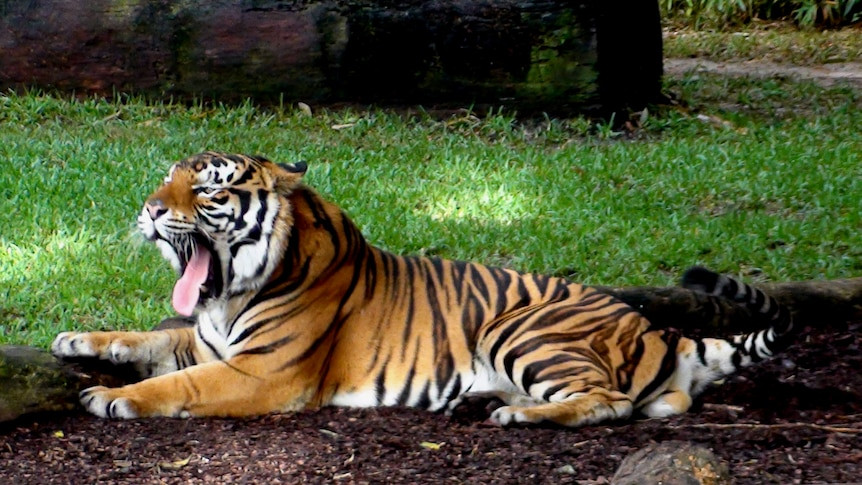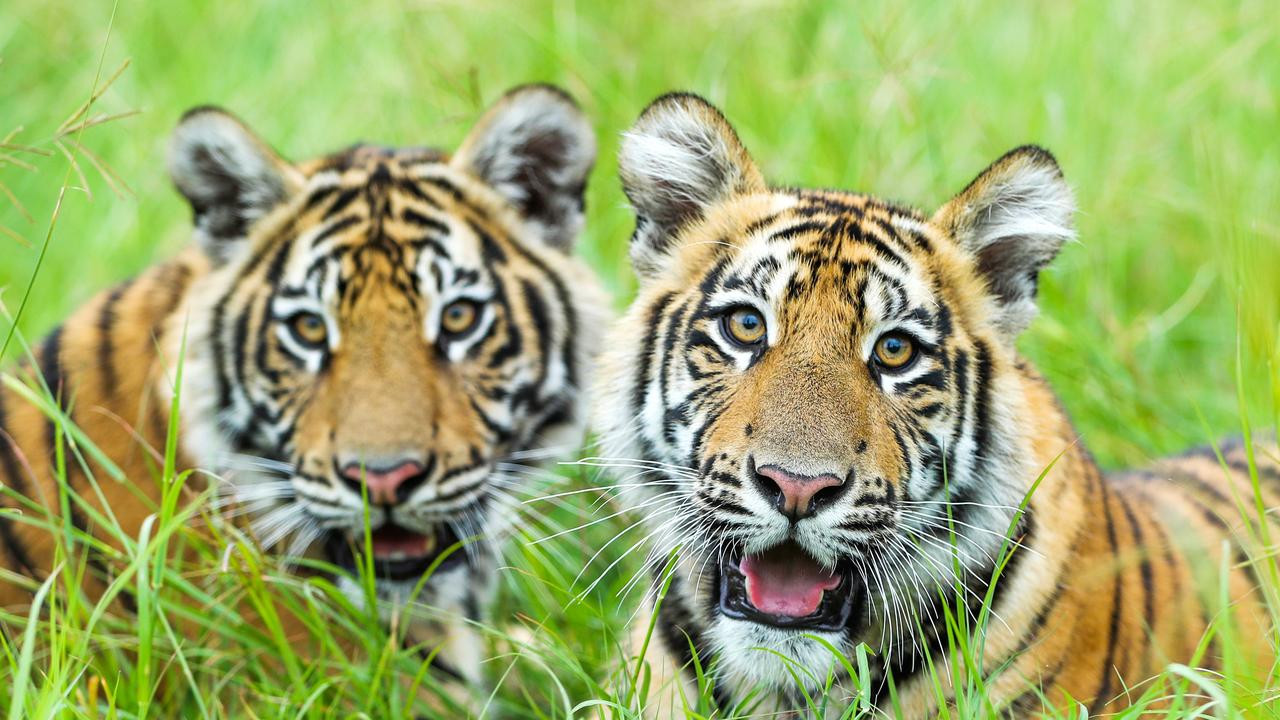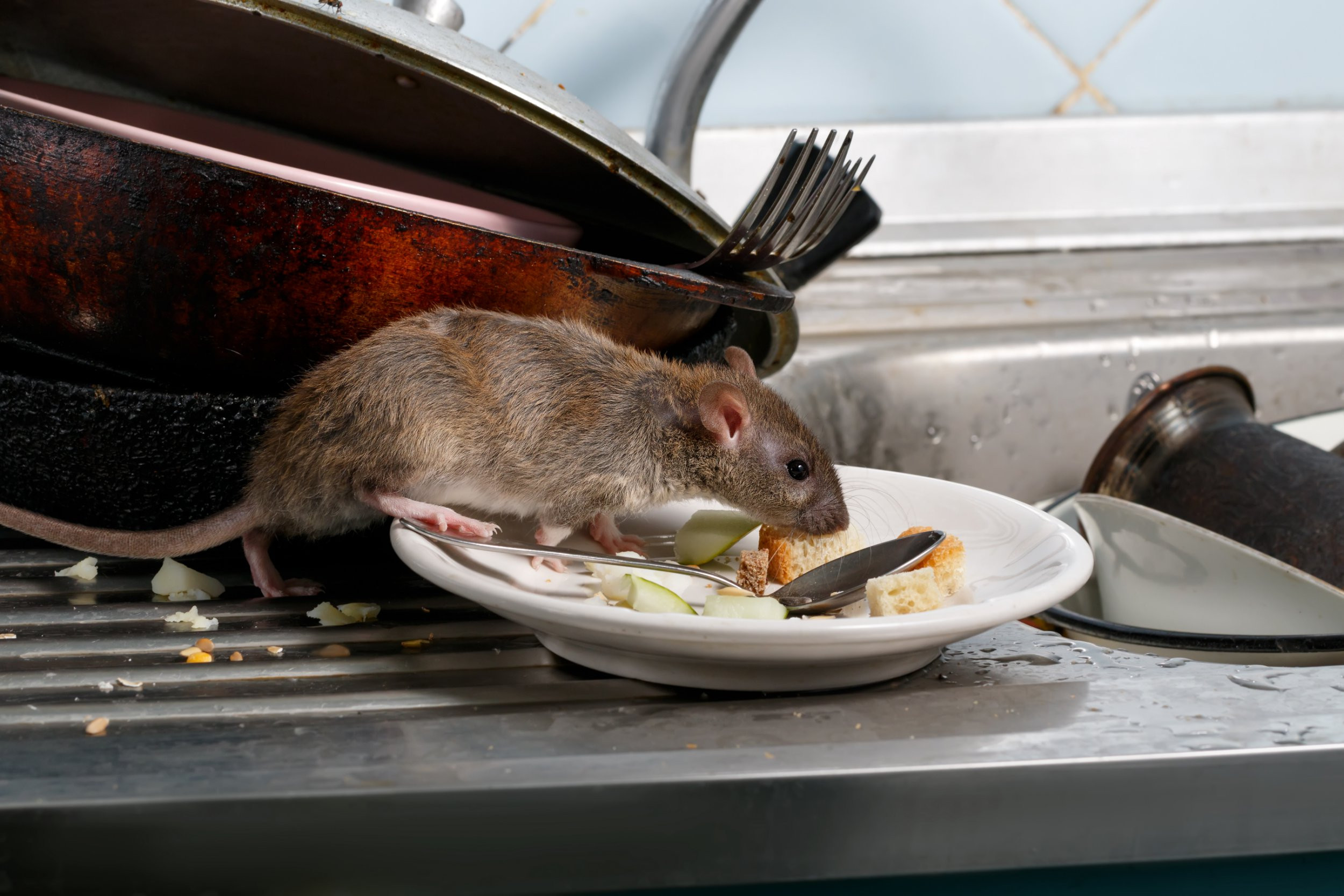An experienced animal handler at Dreamworld has been hospitalized after she was bitten by a tiger.
The 47-year-old woman was taken to Gold Coast University Hospital in a stable condition at about 9am with "serious lacerations and puncture wounds" to her arm and shoulder.
Queensland Ambulance Service acting district director Justin Payne said bleeding from the injury was handled "very well" by first aid providers at the theme park.
"She was quite pale and feeling unwell, but in general well and was able to be transported to hospital," he said.
Mr Payne was unable to say how the incident occurred.
"She is one of the experienced and senior handlers there at Dreamworld," he said.
"We believe she was well trained, and it's good to see that she was able to be looked after by other support staff there."
In a statement, a Dreamworld spokesperson acknowledge an incident "involving one of the park's tigers and a trained tiger handler".
The incident occurred at Dreamworld on the Gold Coast. (ABC News)
"Dreamworld's immediate focus is on the support of the team member," the spokesperson said.
"This was an isolated and rare incident, and we will conduct a thorough review accordingly."
A spokesperson for Workplace Health and Safety Queensland said inspectors had been sent to the Gold Coast theme park and an investigation was underway.
Dreamworld is home to nine Sumatran and Bengal tigers.
Tiger Attacks: A Recurring Issue
This is not the first time a tiger attack has occurred at Dreamworld. In fact, this incident marks the latest in a series of attacks involving tigers at the popular theme park. Several other injuries from tiger bites have been reported at Dreamworld in the past decade. In 2022, one of Tiger Island’s most senior handlers was injured in an incident, highlighting the potential dangers associated with working with these powerful animals.
Beyond Dreamworld: A Look at Tiger Attacks
Tiger attacks are not exclusive to Dreamworld. Similar incidents have been reported at other wildlife parks in Australia. Visitors to Australia Zoo, on the Sunshine Coast, have also witnessed tiger handler maulings. In 2013, a handler sustained a crushed carotid artery, nicked jugular, paralysis to the left larynx and nerve damage to the left eye after being bitten in the neck after a tiger got “over excited”. In 2016, another handler sustained injuries to his wrist and forehead after an incident with a tiger that was “hot and bothered”.
Examining the Risks: Safety and Handling
These incidents raise concerns about the safety protocols and handling practices employed at wildlife parks and zoos. The question of whether these facilities are adequately prepared to manage the inherent risks associated with large predators like tigers becomes paramount. Experts argue that thorough training, strict safety protocols, and a deep understanding of animal behavior are crucial for mitigating the risk of such attacks.
Moving Forward: Lessons Learned
These incidents serve as a stark reminder of the inherent danger posed by wild animals, even when handled by experienced professionals. The need for a thorough review of Dreamworld's safety procedures and protocols, as well as a broader examination of industry standards in managing dangerous animals, is essential to ensure the safety of both handlers and visitors.
The Future of Tiger Encounters
The incidents at Dreamworld and other Australian wildlife parks raise important questions about the ethics of showcasing large predators for entertainment purposes. With increased awareness of the risks involved, public and regulatory scrutiny of these practices is likely to intensify. As the debate unfolds, society will need to grapple with the delicate balance between providing educational and entertaining encounters with wild animals and ensuring the safety of both humans and animals.


















